Only recently did we became aware that this museum held a significant collection of Cuban butterflies. Tim made arrangements with Dr James Hogan who is responsible for the Hymenoptera and Lepidoptera collections and we really appreciated all the help that he gave us.
Wow! What a very impressive building, not just on the outside but on the inside too. Regius Professor of Medicine, Sir Henry Acland, initiated the construction of the museum between 1855 and 1860, to bring together all the aspects of science around a central display area. In 1858, Acland gave a lecture on the museum, setting forth the reason for the building's construction. He viewed that the University had been one-sided in the forms of study it offered - chiefly theology, philosophy, the classics and history - and that the opportunity should be offered to learn of the natural world and obtain the "knowledge of the great material design of which the Supreme Master-Worker has made us a constituent part". This idea, of Nature as the Second Book of God, was common in the 19th century. The construction of the building was accomplished through money earned from the sale of Bibles!
Statues of eminent men of science stand around the ground floor of the court - from Aristotle and Bacon through to Darwin and Linnaeus. Although the University paid for the construction of the building, the ornamentation was funded by public subscription - and much of it remains incomplete. The Irish stone carvers O'Shea and Whelan had been employed to create lively freehand carvings in the Gothic manner. When funding dried up they offered to work unpaid, but were accused by members of the University Congregation of "defacing" the building by adding unauthorised work. According to Acland, they responded by caricaturing the Congregation as parrots and owls in the carving over the building's entrance. Acland insists that he forced them to remove the heads (Wikipedia).
Today the head and foot of a dodo displayed at the museum are the most complete remains of a single dodo anywhere in the world. Many museums have complete dodo skeletons, but these are composed of the bones of several individuals. The museum also displays a 1651 painting of a dodo by Flemish artist Jan Savery.
The museum has free entrance, is open daily from 10am to 5pm, and attracts over 670,000 visitors a year.
We made our visit last week with several aims in mind. One was to take photographs of the species that this website does not yet feature. Secondly there was the opportunity to compare some of the species pairs that are difficult to differentiate in the field for example Eurema elathea/daira and Pyrisitia larae/nise. A third objective was to note the detail of the dates when species had been collected, as information on flight times of Cuban species is particularly lacking in the literature and the internet. The tray below left contains 22 Great King Anetia pantherata which is found only at the far west end of the island and whose current status is unclear.
The other collection was much bigger occupying perhaps twenty drawers (we didn't actually count them) and came from David Spencer Smith who was Hope Professor of Zoology (Entomology) at the University, and Fellow of Jesus College. It was he who, with Lee and Jacqueline Miller, wrote the Butterflies of The West Indies and South Florida (1994) which was illustrated by Richard Lewington. The Millers were, and I believe still are, curators at the Allyn Museum, Florida Museum of Natural History. The majority of Spencer Smith’s specimens came from collecting expeditions with L. Hernández and N. Davies in 1992-3. The collecting and fieldwork undertaken in this period undoubtedly furnished information for the book which is now out of print and difficult to obtain.
Sadly two of our target species (both endemics) that we hoped we might find like Holguin Skipper Holguinia holguin and Cuban Purplewing Eunica heraclitus were not in the collection. In the case of the latter it is hardly surprising since it hasn’t been seen for over 100 years and is thought to be extinct. It is good to see such an important collection in the safe hands of the museum. We are all collectors in our own way but of course these days most of us, using the great range of digital cameras available, collect photographs rather than specimens.
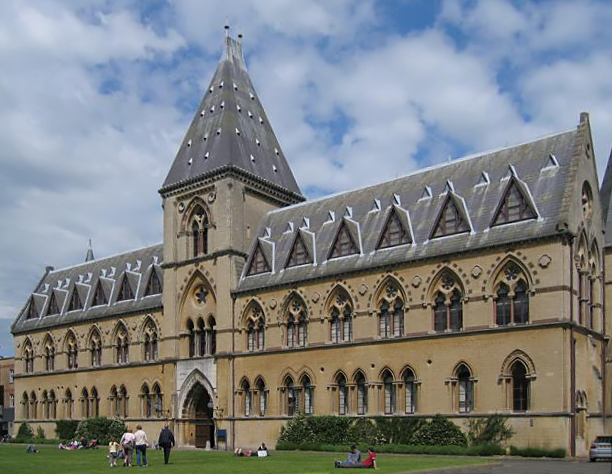
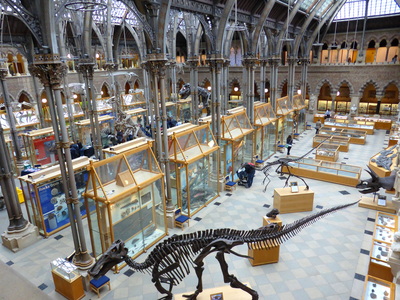
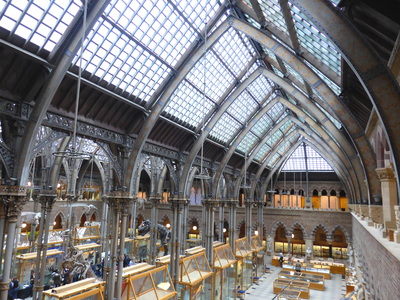
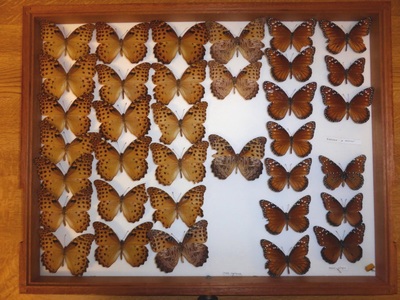
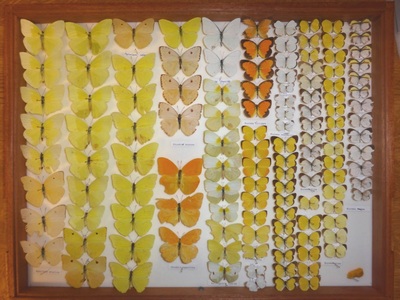
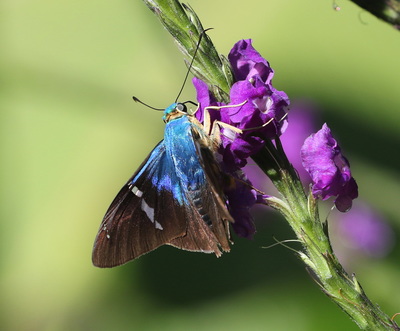
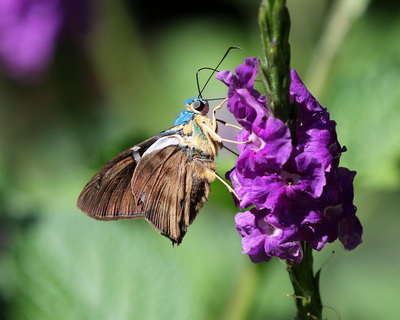
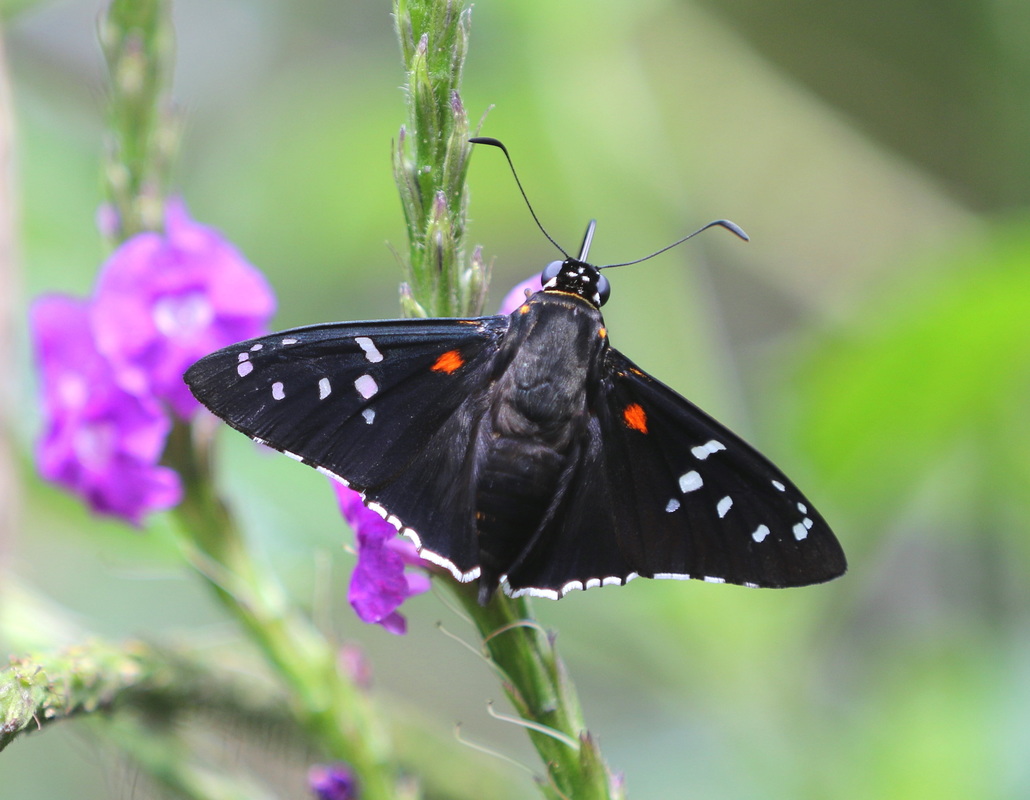
 RSS Feed
RSS Feed